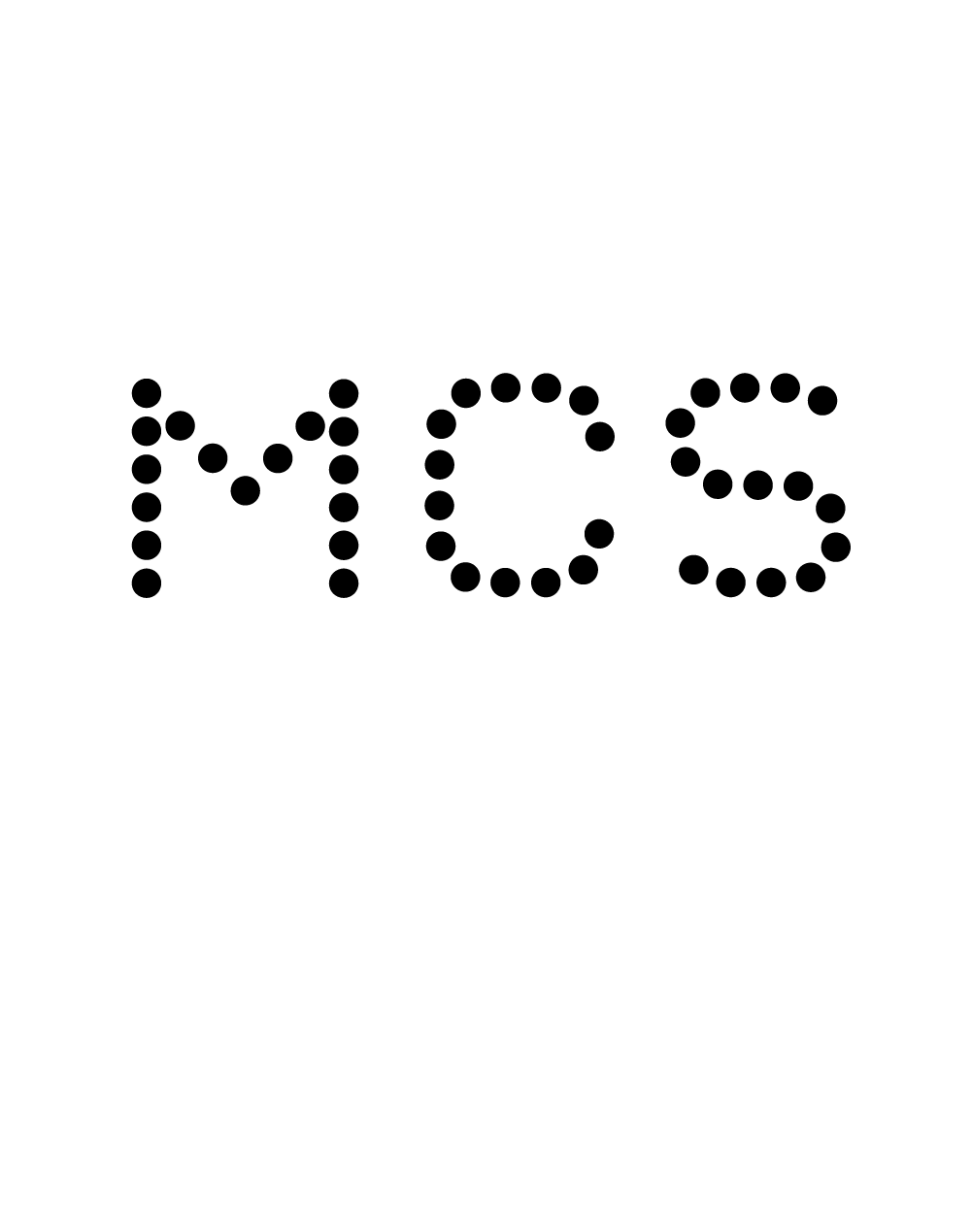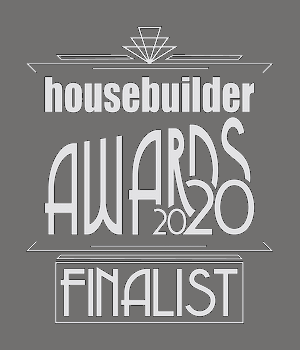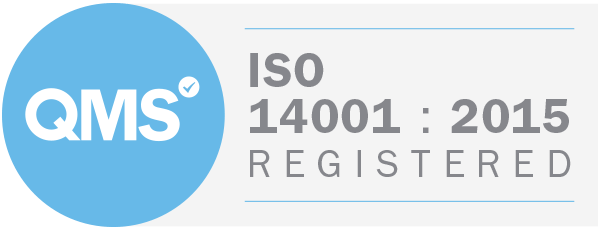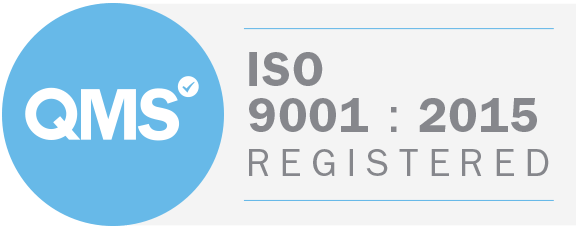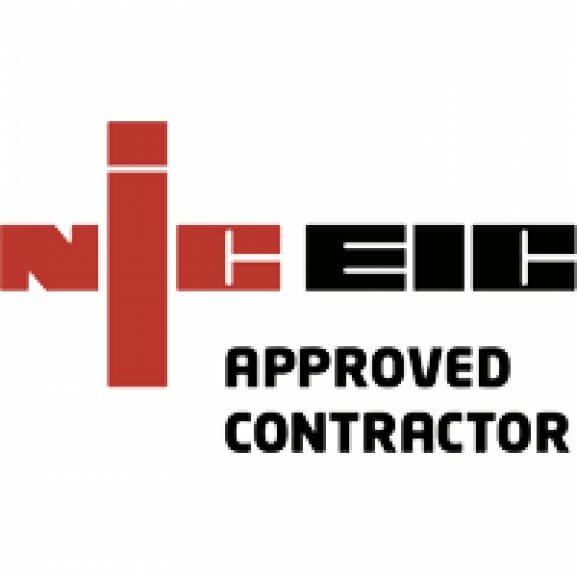The new Part L regulations – a stepping stone towards the Future Homes Standard due around 2025, which come into effect in June 2022 – will require the planning and implementation of a solution that meets compliance targets, contributes to lower operating costs and is cost-effective and sustainable for developers to roll out across future sites.
The new Buildings Regulations England Part L compliance report, which developers must provide to homeowners from 1 st June 2022 onwards, must show exactly how their Energy Performance Certificate (EPC) is calculated, and how it’s contributing to lower operating costs.
Fabric improvements will form the foundation of Part L compliance, and many developers are exploring additional technologies such as smart control heaters, wastewater heat recovery pipes, flue gas heat recovery and gas bolt-ons. These alone, however, won’t be able to deliver a 31% improvement – so selecting the right supporting renewable energy source will be key.
The two main options are air source heat pumps and solar PV. Let’s start with solar; today’s panels are producing an output of around 340 watts per panel, compared to 270w previously. Higher outputs of up to 450w are also available, but the higher the output, the larger the footprint and therefore the cost, so most developers seek to use 340w panels on 80% of their site, and 450w panels only on selected larger house types.
Solar panel solutions currently cost around £2,500 for a standard system, including installation. When you factor in SAP calculations for EPC ratings, which are linked to running costs only, a developer with a gas heating solution for Part L compliance solution will typically have an EPC rating of around 85. If they use a gas bolt-on and solar PV, however, that EPC rating will go up to around 95, meaning running costs would be very low.
Air source heat pumps, which work by transferring heat from outside air into water to heat homes, start from around £4,000. However, they also require additional kit and can be costly to install, taking the price up significantly.
While solar PV, therefore, appears to be the most cost-effective compliance solution, there are a few things to bear in mind. The price of PV has plummeted by around 80% in the last 10 years, driven by various government initiatives and economies of scale.
However, with solar PV expected to be the main route to Part L compliance, demand could potentially outstrip supply that that may temporarily send prices up before they plateau and drop again. Brexit, COVID and the long-term supply issues may add to these fluctuations.
Add to this the need to get permission for a grid connection and the delays could be significant, potentially leading to slowing build programmes and increased cost.
But that’s far less likely to happen if developers begin their consultations with their PV installer in the earliest stages, rather than waiting until 2023 when demand will spike.
By engaging with Eco2Solar early enough, housebuilders will have a smoother transition, get access to innovative products available through our partnership with Eon, and have a full set of house types designed, costed, scheduled and DNO permission granted to ensure we can deliver the numbers required in the years ahead.
Speak to our Sales Team today to find out more and start getting Part L ready.
